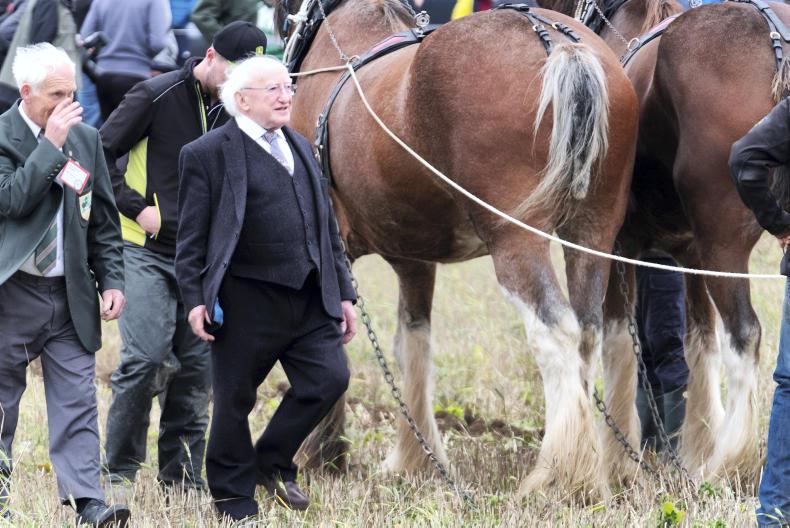At Ploughing 2018, most dairy farmers from the south and east were reflecting on one of the most difficult years they have encountered in a very long time. Snowfalls in March and extreme drought conditions from June onwards crippled a lot of farms, reduced income and also increasing costs.
Dairy farmers from the west and north probably felt that they did not have as difficult a year as the summer drought did not affect them as much.
Good year
In the main, dairy farmers in the west had a relatively good year as grazing conditions and winter feed stocks are probably better than they have experienced for a number of years.
In farms in the east, feed costs are up considerably as intensive feeding during the summer has increased costs considerably.
Thankfully a relatively high milk price has sustained incomes high enough to allow them to purchase feed and keep the business strong on cash.
Some individual farmers described how they are short 30% to 40% of winter forage
It is fair to say winter feed did not seem to be as widespread a problem among dairy farmers as some would believe. However, some individual farmers described how they are short 30% to 40% of winter forage and plan to frontload meal or bring more straw into the diet to stretch the silage they have.
From west Cork to Tipperary, there has been a lot of silage made in the last number of weeks and this is going some way to fill the winter feed gap. Those farms short of forage seem to be importing feed or replacing forage with straights such as beet pulp nuts, palm kernal or soya hulls. Some are able to access hay instead of silage.
A tale of two halves
As far as the dairy farmer is concerned it has been a tale of two halves - farmers in the east not looking for another 2018, but those in the west happy enough to take another year like 2018.






 This is a subscriber-only article
This is a subscriber-only article









SHARING OPTIONS: